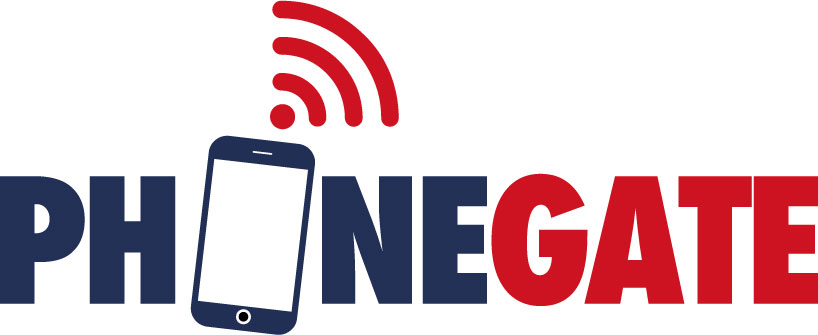On March 25, 2022, after two years of complaints by our NGO, Innovation, Science and Economic Development Canada (ISED) sent our local correspondent in Canada, Sharon Noble, the list of specific absorption rate (SAR) levels of mobile phones tested between 2016 and 2021. Nearly A year later, and despite several requests for clarification on protocols and test results, Canadian health authorities continue to withhold information.
Health Canada is delaying the procedures!
“If a health impact assessment were to determines that a device poses a risk, ISED would take immediate steps to protect the health of Canadians, including making the information available to the public expeditiously.”
This is the response ISED provided to Sharon Noble‘s initial request for vital information relevant to the SAR testing. After receiving this commitment to make “the information available to the public expeditiously”, starting in April 2022 she made multiple requests for the complete reports both to ISED and Health Canada (HR). Tests whose results have been made public in France by the National Frequency Agency (ANFR) since 2018 and the actions of doctor Marc Arazi, at the origin of the revelations around the Phonegate scandal.
An unbearable and unjustified wait
Sent from service to service for 10 months, our Canadian correspondent was promised the publication of the reports in early November 2022, then in early February 2023, then on February 22, before finally being sent the following response:
“We regret to inform you that the final release will not be available by Feb 22nd. We understand your frustration. The ATIP process can often be very slow, especially when other departments and external third parties are involved. We are sorry for this delay but there are no options available to expedite sending you a final response any sooner.”
Unrealistic measurements, taken too far from the body
This unacceptable lack of transparency on the part of the Canadian authorities, who seem to be doing everything to delay the moment when they will have to explain themselves, adds to the lack of reliability of the SAR tests carried out. The SAR measurements on the trunk are indeed taken at a distance of 10 to 15mm from the skin, a totally unrealistic distance in view of common uses (for example by putting the telephone in the pocket). Remember that Europe requires mobile phone manufacturers to measure trunk SAR at 5 mm from the skin, following an emergency measure presented in 2015 by France to the European Commission.
Despite American journalist (and 2008 Pulitzer Prize winner) Sam Roe’s revelations in 2019, in the Chicago Tribune about independent test results of popular cell phones, it’s time for more media coverage in North America. Media coverage that could be solid support for waging legal battles, as was the case in Canada, where justice recently authorized a class action against Apple and Samsung.
Canadian authorities need to react!
Canadian health authorities are thus failing in their duty to protect the population and favoring the mobile phone industry, as Sharon Noble, Canadian administrator of Phonegate Alert deplores:
“It truly is bewildering why it should take so long, more than 10 months and still waiting, and involve so many layers of bureaucracy to answer a question that is so basic. The public is using radiation-emitting devices without being told that, even when used as much as 15 mm from the body, are emitting more radiation than is allowed by Safety Code 6 – which is, by the way, one of the weakest guidelines in the developed world. In my opinion, Health Canada is allowing the industry to market devices that are known to be harmful to the public.”
Doctor Marc Arazi, who disclosed the scandal in 2016 and whose book Phonegate was recently translated into English, is indignant:
“Our NGO Phonegate Alert is international and intervenes to support the various initiatives around the world. What is happening in Canada, and more broadly in North America, is an absolute scandal. It is high time for mobile phones to be tested according to their real use, and for test reports to be systematically published in a transparent way. This is necessary to confront manufacturers with their failures and to protect the health of mobile phone users.”
On the same subject:






